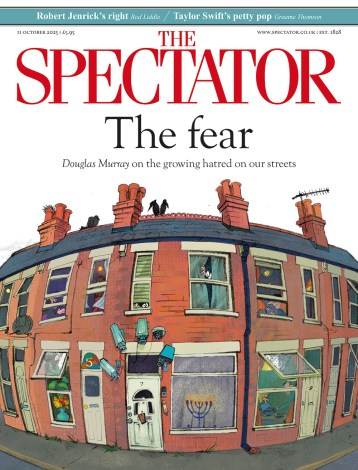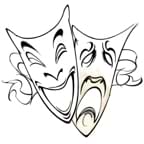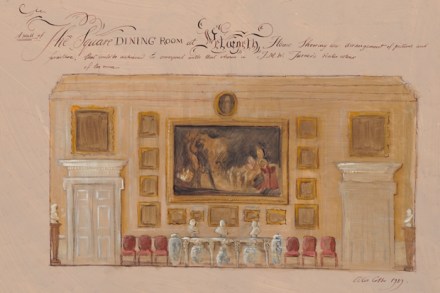Dayshifts
More from BooksThe Man in the Moon will come on Tuesday. He will wear his grey hat and be travelling alone. Take his luggage and his staypress suits — and, Should he speak, converse about the ocean, Women or the rush on the delivery wards. I assume he’ll take the Penthouse Suite. Do check the ice-tray in





























